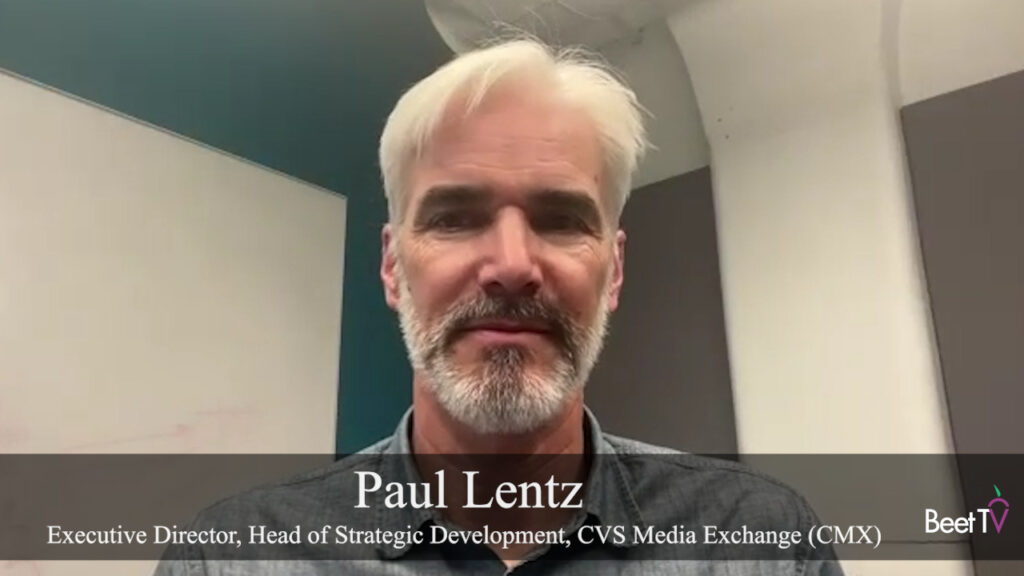The Semantic Web been the longtime vision of Tim Berners-Lee, the British physicist who invented the World Wide Web. It is a highly organized index of Web objects and pages.
It is far from being implemented but is starting to emerge.
Michael Zimbalist, head of R&D at The New York Times Company, told me that the opportunities arising from the Semantic Web for The Times are "quite vast."
In this in interview, he explains how comprehensive metadata annotation of content can make it "smart," freeing it to become "device independent media." This is the promise of the Semantic Web as The Times sees it.
I spoke with Michael at Advertising 2.0 yesterday in Manhattan. We also touched on developments in the mobile space.
Update: Dan Farber at CNET highlights the Times’ integration of print and mobile in his take on my interview with Zimbalist. Here’s the take by paidContent’s Rafat Ali.
The Semantic Web and Video Explored on the Purple Channel
The Semantic Web will be critical to search and consumption of Web video, I was told by earlier this year by Adobe’s chief Dynamic Media evangelist Mark Randall.
Last year I spoke with Philippe Le Hagaret, chief architect of the World Wide Web Consortium. He explained the value the Semantic Web will bring to video search.
— Andy Plesser
The Rise of the "Implicit Web"
Here is a related video of prominent VC Josh Kopleman of First Round Capital on the evolution of the "Implicit Web" — a related trend in which the public use of content sticks "like breadcrumbs" and make content more searchable. This was published on AlwaysOn. Big trend here.


























